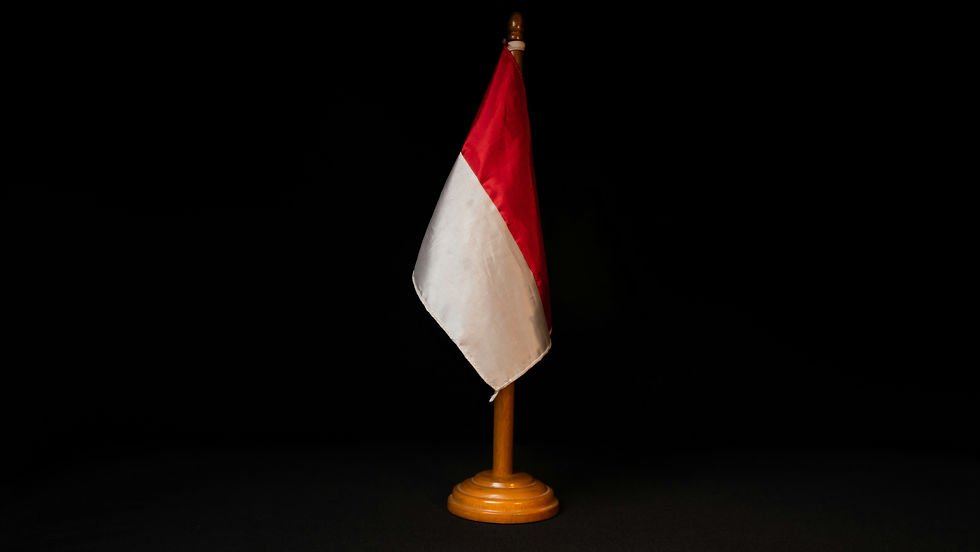China releases most detailed maps of Moon
- Khushboo Pareek
- Apr 28, 2024
- 2 min read

The Chinese Academy of Sciences (CAS) has unveiled geological maps of the Moon, which it has claimed to be the most detailed ever.
Compiled over a decade by a team of more than 100 researchers, the Geologic Atlas of the Lunar Globe showcases 12,341 craters, 81 basins, and 17 rock types, crafted at a scale of 1:2.5 million.
"Every question in geology starts with looking at a geological map," Ross Mitchell, a geophysicist at the CAS Institute of Geology and Geophysics in Beijing, told Nature.
The new lunar atlas is "really a resource for the whole world," he added.
The CAS has also published a book titled 'Map Quadrangles of the Geologic Atlas of the Moon,' which features 30 sector diagrams that collectively offer a comprehensive visualisation of the entire lunar surface.
Jianzhong Liu, a geochemist at the CAS Institute of Geochemistry in Guiyang and co-leader of the project, said, "The US Geological Survey used data from the Apollo missions to create a number of geological maps of the Moon, including a global map at the scale of 1:5,000,000 and some regional, higher-accuracy ones near the landing sites."
Liu said that since the Apollo mission, the world's knowledge of the Moon has advanced greatly, and "those maps could no longer meet the needs for future lunar research and exploration."
Though China primarily plans to use the maps for its lunar goals, Liu claimed it will also help other countries in their Moon missions. Three spacecraft have already launched for the Moon this year, and in May, China aims to collect rocks from the far side.
With the new atlas, scientists can learn more about the Moon’s history, assess possible resources, and compare geological features, Liu said.
The atlas is offered in both Chinese and English, and was created using data from China’s lunar exploration efforts, notably the Chang’e-1 mission, which extensively mapped the lunar surface from orbit between 2007 and 2009.
The atlas team also used data from missions such as the Gravity Recovery and Interior Laboratory (GRAIL) and the Lunar Reconnaissance Orbiter, both launched by NASA, and India’s Chandrayaan-1 probe.
Chinese researchers began compiling the maps in 2012 while hunting for new exploration targets on the Moon.
Teaming up with Russia and over a dozen other countries and organisations, China is spearheading the development of the International Lunar Research Station.
The station is set to be established by the mid-2030s at the Moon’s South Pole.
Geologic map of Moon. Image Source: Chinese Academy of Sciences




































Comments